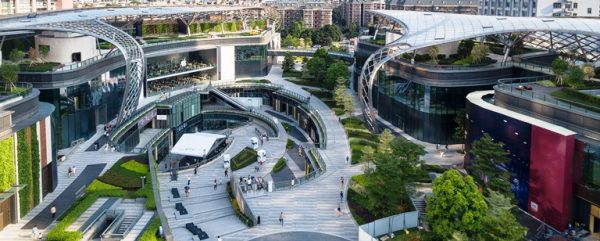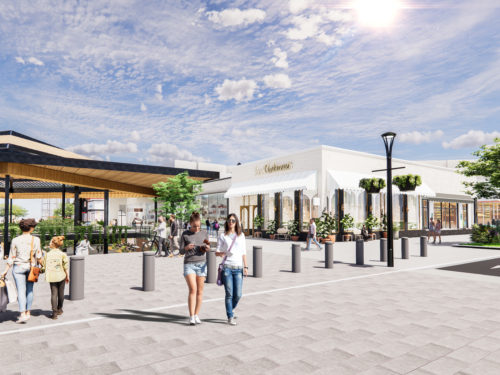As a result of lockdowns around the world, we have experienced and witnessed demonstrative change in our environment.
Air in our cities is cleaner, canals and waterways are clearer and our streets and skies are calmer. We can no longer ignore our impact on the environment and climate. Now is the time for real change and lasting
improvements.
Industry Change Ahead
There is risk and cost involved in the adoption new methods and the construction industry has notably been slow to adapt, but the
change we have long wanted to happen is now the change needed for the industry to survive. We must design and deliver better buildings to sustain healthy living and to promote wellbeing.
RetroFirst & Circularity
With retail footprints reducing, decreased demand for office space (due to greater home working) and the general shift from city to local, we anticipate an increase in vacant inner city space and assets. As a first
approach, we must consider the potential for re-use and retrofit over demolish and rebuild for huge embodied energy savings. Where
repurposing isn’t possible, we consider what can be salvaged, reused and recycled as part of a circular economy approach.
Creating A Compelling Vision
Creating a strong, compelling vision for a development, regeneration scheme or urban renewal program will be essential to deliver long term value. A well-crafted strategy will enable developers to share their vision,
communicate a sense of place and context, and create a strong purpose. This approach will be essential in order to demonstrate a
good understanding of local assets and how they can be leveraged to drive urban regeneration.
Changing Behaviours & Expectations
A generational shift towards more ethical and sustainable consumption has long been on the rise. With the anthropogenic impact more
apparent than ever, we expect a greater demand for sustainable living and working.
Collaborative Thinking
We see the COVID-19 pandemic as a springboard for transformative and lasting change to our built environment. Working collaboratively with other designers, engineers, ambitious clients and innovative thinkers we can collaborate to create and deliver better buildings for a better world.








